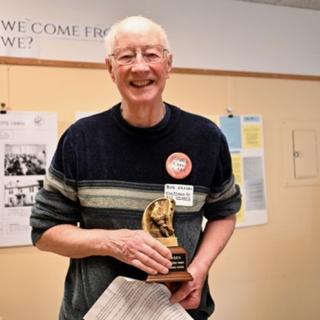This past April 2, 2017 marked the 10th Annual Autism Awareness Day. Organizations from around the world joined forces to bring awareness about autism and to raise much needed funding to continue research, develop educational and treatment programs, and to help support the families of people with autism.
The Center for Disease Control and Prevention in 2016 issued an ADDM Autism prevalence report that showed autism had risen to one in every 68 births in the United States. Of this rate, one in 54 boys had autism. More than 3.5 million Americans live with an ASD. No one seems to understand or agree on why this number has almost doubled since 2004, therefore it can’t be controlled and continues to increase.
Autism Spectrum Disorder (ASD) is a complex developmental disability that is defined by a certain set of behaviors and is a “spectrum condition” that affects individuals differently and to varying degrees. Early diagnosis and intervention with access to appropriate services and support systems can determine the quality of life for the autistic person, especially if this intervention occurs during early childhood development and continues throughout their lifetime. But what happens after high school for the autistic person?
This is the question that Gracie V. White was faced with when her autistic son, Austin, graduated from high school. Mrs. White was “confused about how to navigate the system” to get the services that her son needed. “I had to go and build relationships within the system and within the community to get the appropriate services.” White explained how her son was “non-verbal” and the effort it took for her to get the speech therapy needed to help him communicate his wants and needs, and the difficulty of being told “he can come in the next six or seven months” due to the long waiting lists. It took years of “navigating between one agency and another” before getting the proper services. Her son “didn’t speak until he was five years old,” however, when he was able to finally communicate through words and sign language his “aggression declined, his behaviors declined and he was able to communicate.”
Currently Austin is attending Ohio Dominican College taking Computer Science for his second college degree. He’s employed with the state of Ohio and “he has his retirement.” He enjoys playing music, the Praise & Worship team at his church and working out at the YMCA. To make it in college Austin needs tutoring and “extended time” with taking tests and the disability services at his college provide for this need and “advocates for his time needed.
Austin is one of the lucky few who had parents who understood the importance of getting him the right support systems at an early age. White wanted to support other parents and caregivers of autistic children by helping them learn how to “navigate” the systems to find the resources and services needed for their children. In 2012, the Gracie V. White Foundation for autism was founded. This foundation serves not only high functioning autistic individuals but other high functioning individuals with other disabilities between the ages of 15 to 25 years old.
April Smith, the President of the foundation says there is a bridge between graduating from high school and finding employment for individuals with special needs and “the principle of serving our clients and their families is for them to achieve the goals they have for themselves in the future.” As a mother of an autistic child, and social worker for thirty years, White was faced with the question many parents of special needs children have “What happens after high school?”
“It was clear to me that there was a need for transitioning toward employment, secondary education, job training, and where possible, independent living,”White said. “This foundation’s purpose is to offer four years of hands-on life skills programming to older high functioning autistic young adults.”
The foundation is having a Transition camp for all high functioning disabilities this June 12, 2017 until July 15, 2017 at the Center Point Church in Gahanna to help meet their mission. Individuals between the ages of 14-29 years of age are welcomed to this camp. The staff consists of Social Workers, Intervention Specialists, Music/Art and Speech therapists.
Many people who graduate from high school do so with dreams of a productive future, college or a good job, marriage and a beautiful family, starting a business or becoming famous. Sadly, children with autism may never realize any of these dreams because of a lack of services that prepare them for a future after they receive their high school diploma. Austin White, thanks to his parents, now has a future with two college degrees, a job with the state and a retirement fund, AFTER the school bus stopped running.



